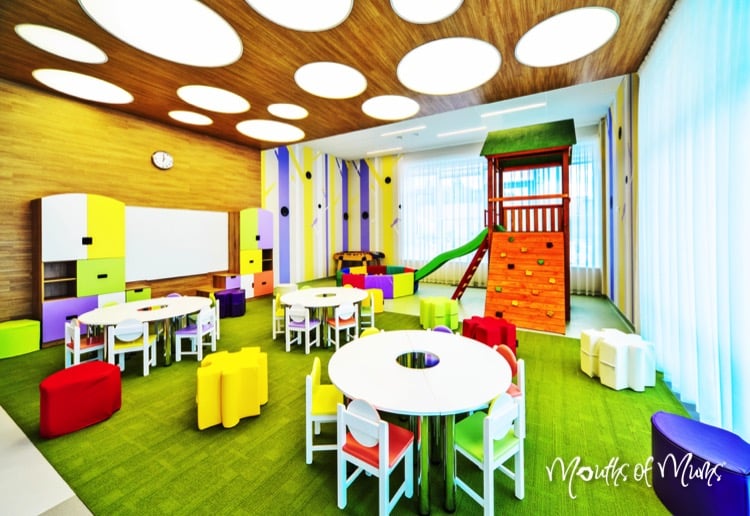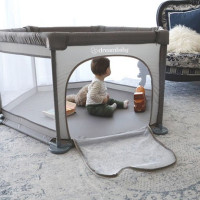What does a good school need? It needs great teachers, of course, it needs a thorough and effective syllabus, and it needs top-notch facilities and equipment to engage students.
You might think that, as long as these boxes are ticked, the interior design of the school is a secondary concern.
Well, many child psychologists and experts in the implementation of teaching would not agree. In fact, many believe that the interior of a school is crucial to the educational development of young children. Here’s how;
Creativity and inspiration
Attitudes to education have changed dramatically over the last five decades. While teaching and learning used to be about cramming as much information as possible into youngsters before they escape out the door after graduation, it is now about nurturing ideas, cultivating interests and – of course – inspiring growth in pupils.
To sow the seeds of inspiration, schools must place their students into an inspiring and creative environment.
This is the ethos behind schools like the incredible St. Georges Anglican Grammar School in Perth, which uses striking aesthetics and design elements to spur their students on, as well as interior features with innovative functionality to reflect modern attitudes to learning.
Fluidity of learning
But it’s not all about bright colours and bold pieces of sculpture; it’s also about how the space is used. Increasingly, we are seeing schools turning away from the traditional rectangular classroom format in favour of new and innovative designs.
The Orestad High School in the Danish capital Copenhagen is a prime example of how a standard classroom environment has been turned on its head, and with astounding results! This award-winning building features an open plan interior, divided into separate study areas, encouraging a free and fluid approach to education which is designed to put students in the optimal conditions for learning.
As the school’s record shows, this approach is really working, and Orestad has become one of the most prestigious schools in Denmark.
The all important layout
Despite the success at Orestad, we certainly haven’t seen the end of the traditional classroom. The open plan approach might have worked for Orestad, but this doesn’t necessarily make it applicable across the board, especially for cash-strapped schools who would have to slash their teaching budget to afford such a revamp.
However, layout within the classroom does appear play a vital role in teaching. Back in 2011 and 2012, The University of Salford in the UK conducted a survey over 750 students across 34 different classrooms, analysing how environmental variables such as layout, natural light, temperature, air-quality, acoustics and colour affect learning. Their findings showed that 73% of the students examined experienced a change in their academic performance when placed in a different environment.
In their conclusion, the researchers identified the learning environment as one of the key factors in a student’s educational development, with test subjects displaying, on average, an eleven point increase in grades. This is equivalent to one whole academic year in the UK.
Shifts in Focus
While the University of Salford’s study confirmed what many parents, teachers and students had suspected for a long time, the solid evidence it produced sent shockwaves through the world of education. The result has been a major shift in focus on the part of educators across the globe.
Carefully planned curriculums, robust disciplinary procedures, state-of-the-art equipment and effective teaching methods are all still highly prized by schools, and this isn’t going to change. However, interior design psychology is quickly becoming a very important fifth factor, as school directors open themselves up to new ways to engage their students and to give them the best possible grounding for a fulfilled life after education.
Once dismissed as the purely cosmetic cherry on the cake of learning, interior design is rapidly becoming a vital component of effective and fruitful teaching.
Please share your thoughts on this in the comments below.
Image courtesy of Shutterstock.com
We may get commissions for purchases made using links in this post. Learn more.




















7:35 am
8:47 pm
1:59 pm
8:59 pm
11:44 am
8:11 pm
10:08 pm
5:49 pm
2:17 pm
11:47 am
1:28 pm
4:18 pm
12:18 pm
3:17 pm
3:16 am
- 1
- 2
- »
Post a comment